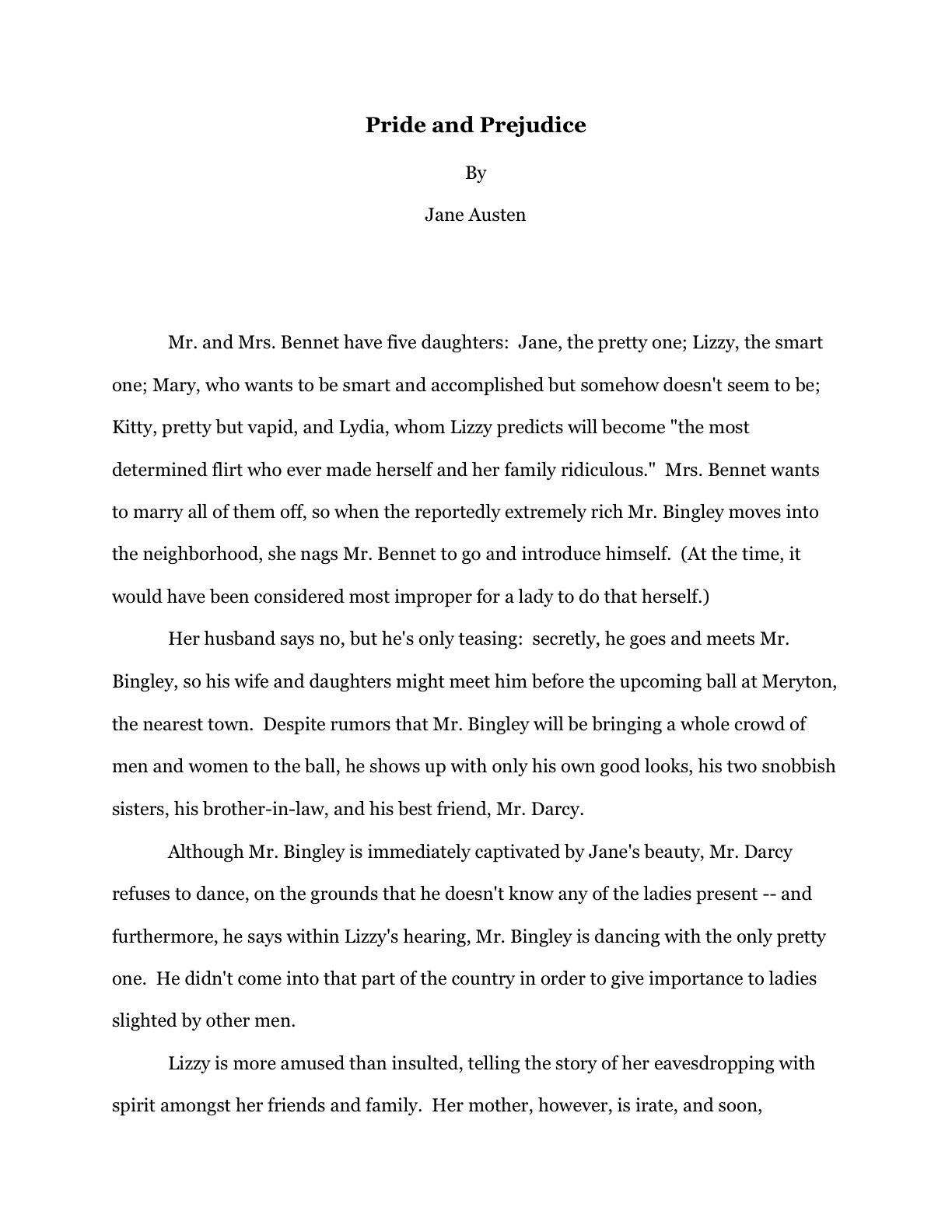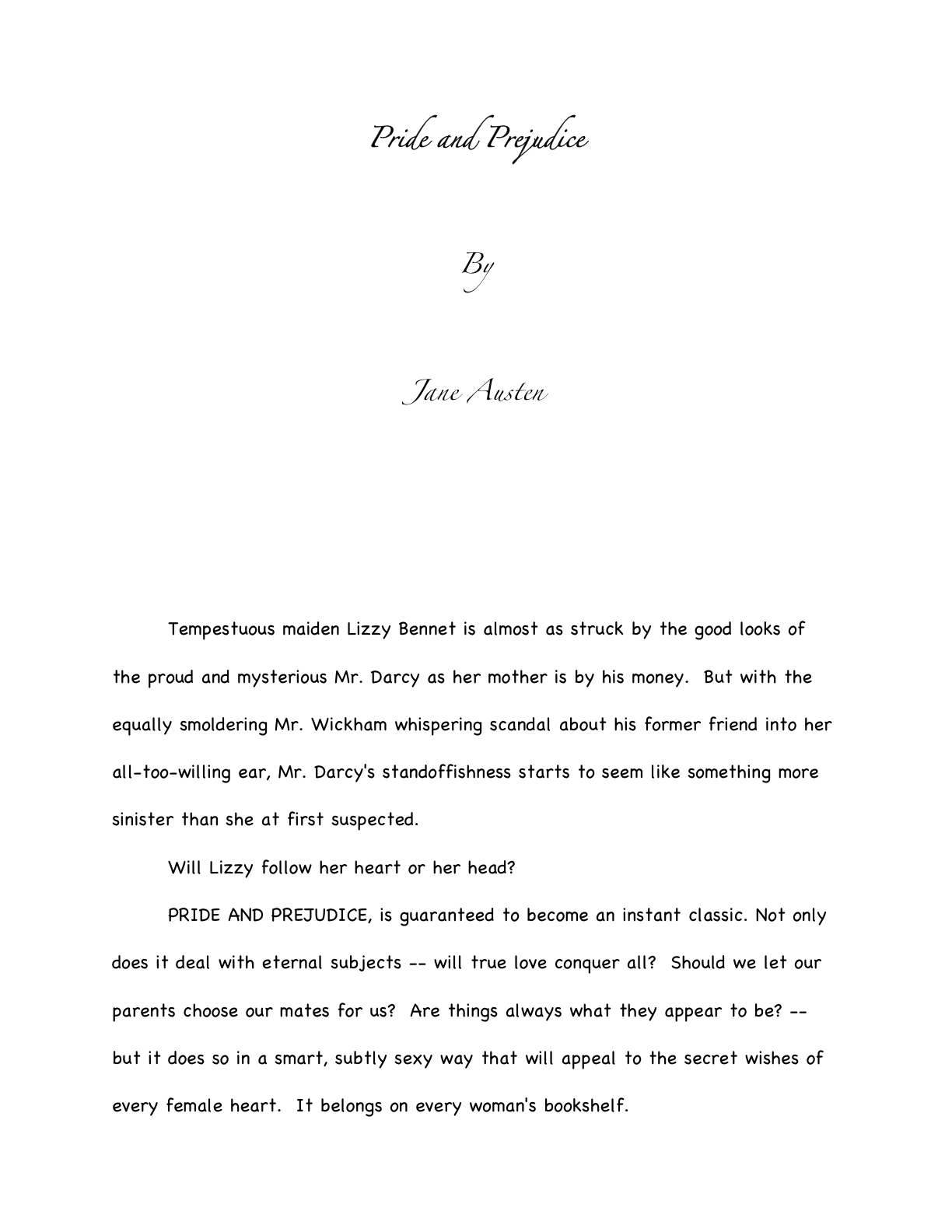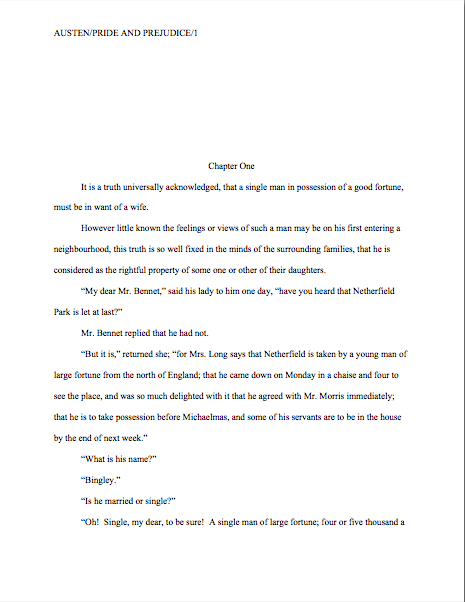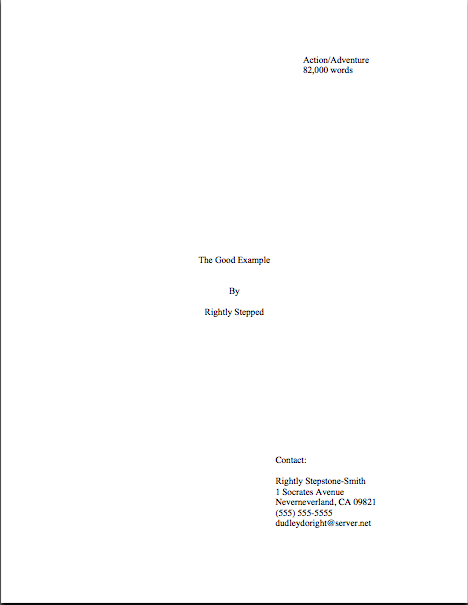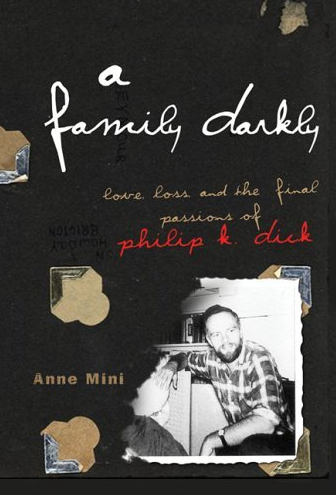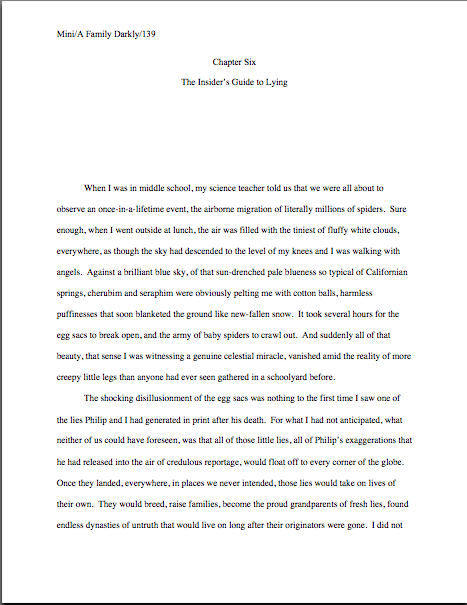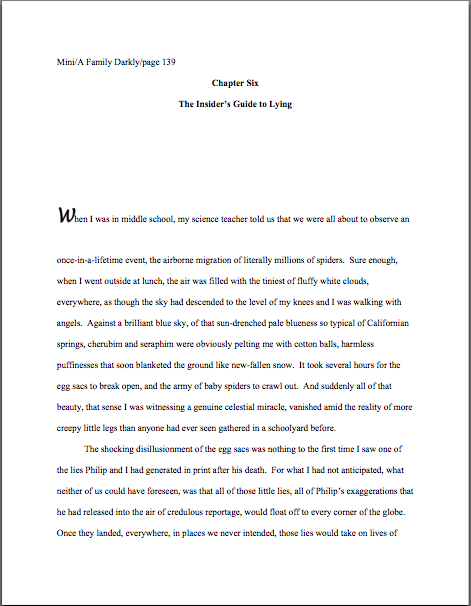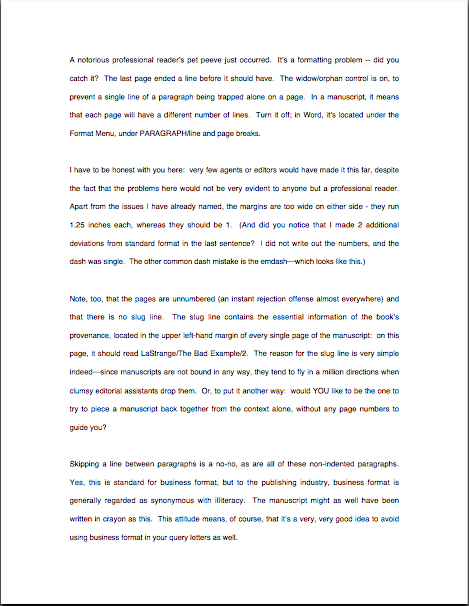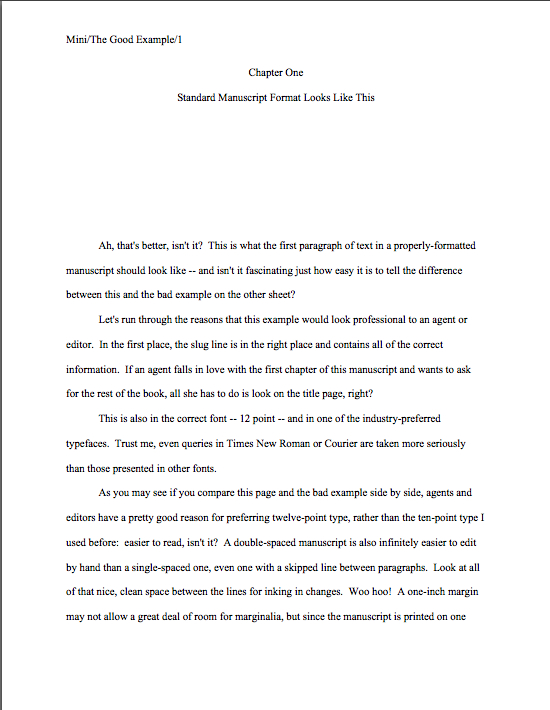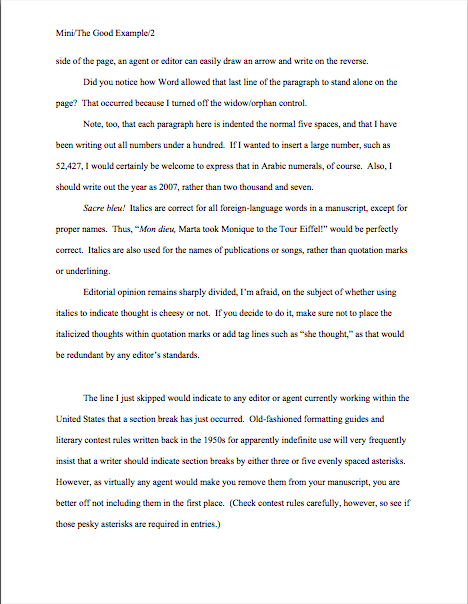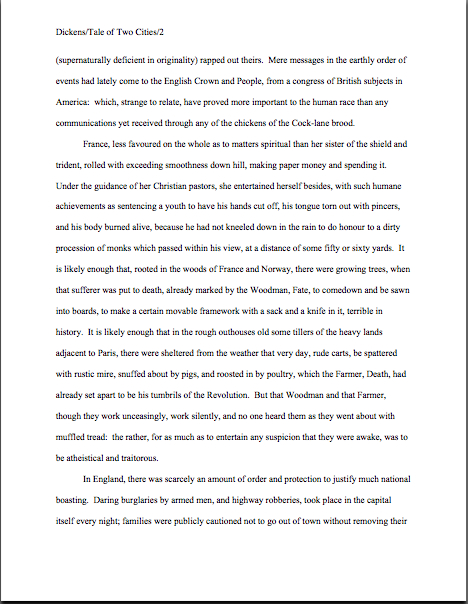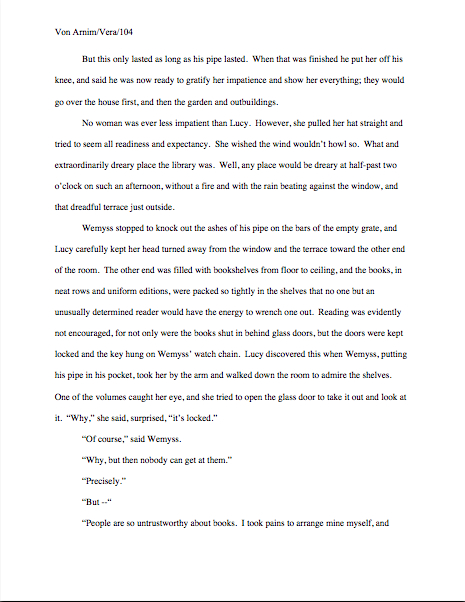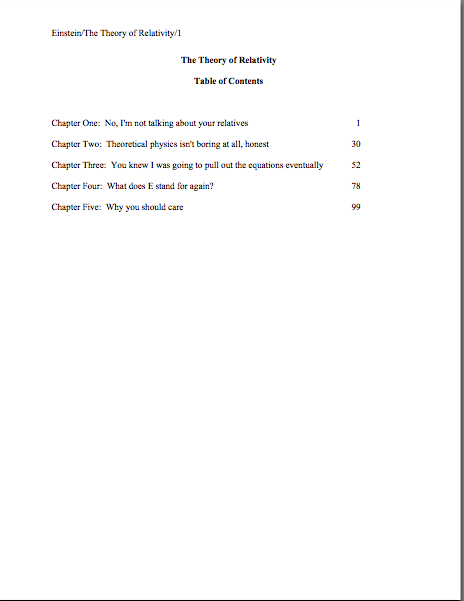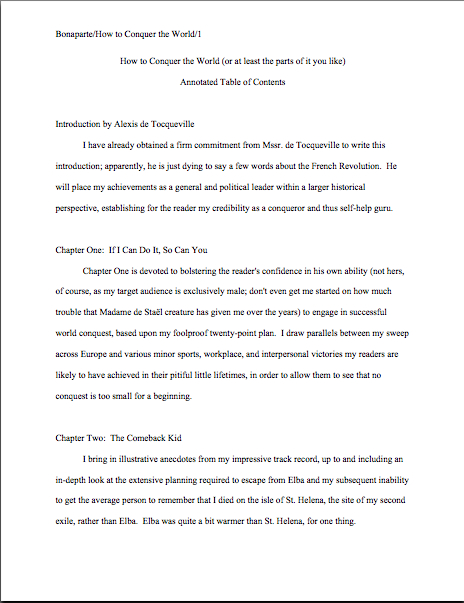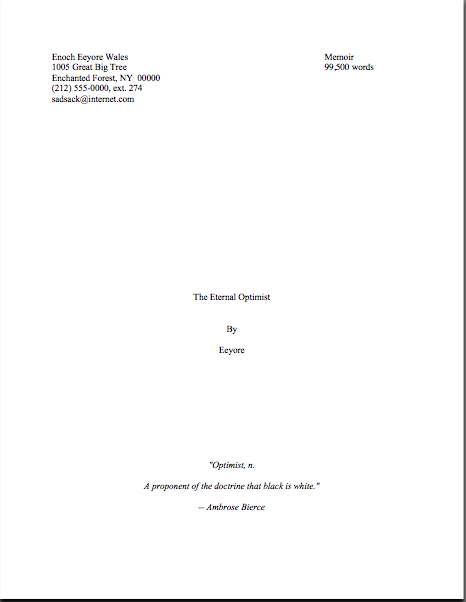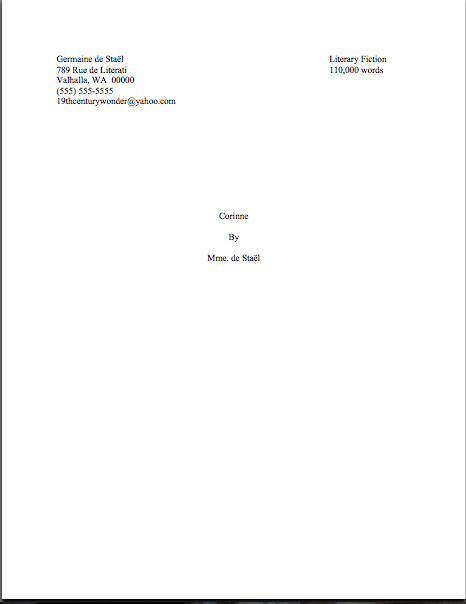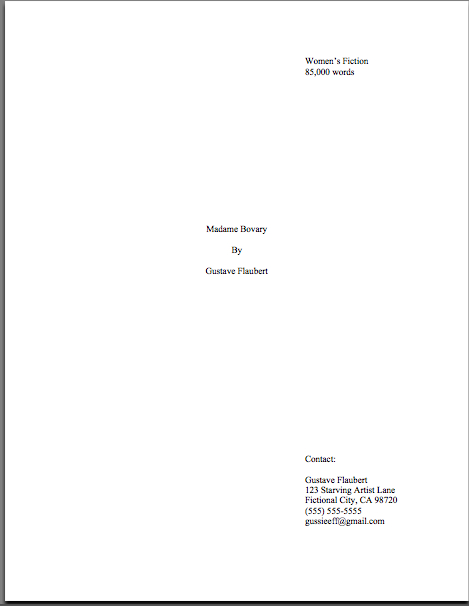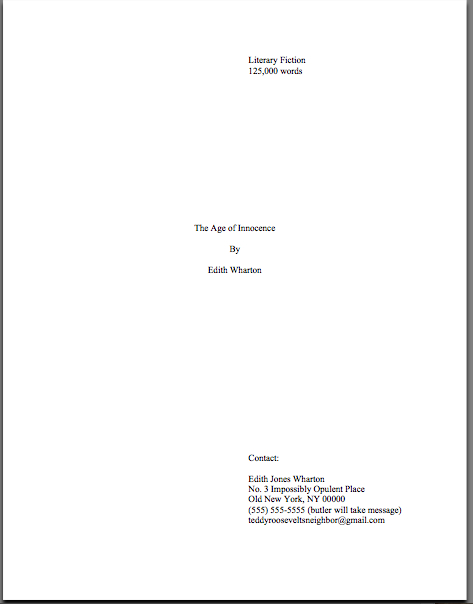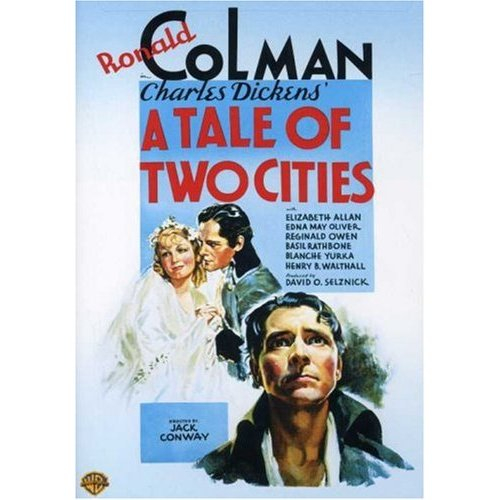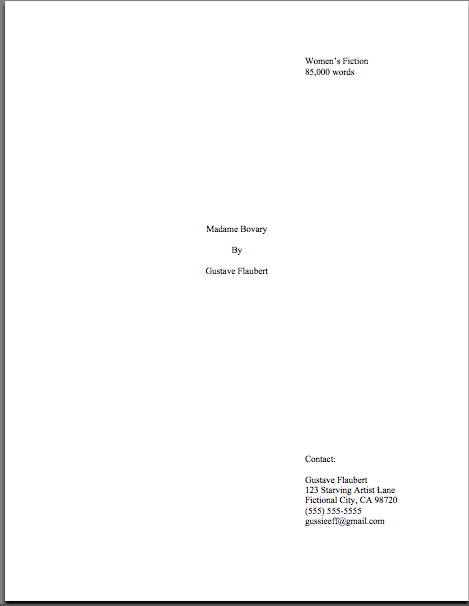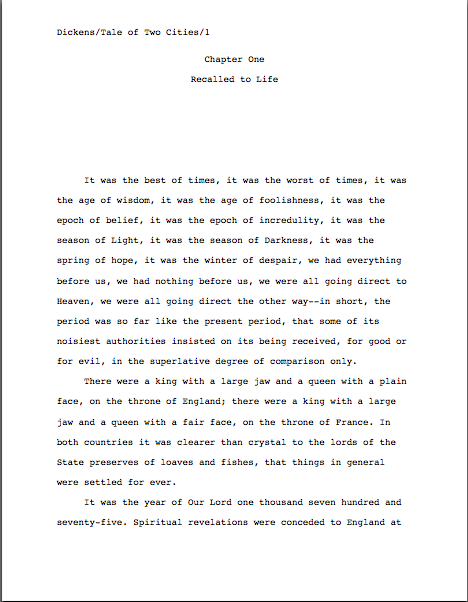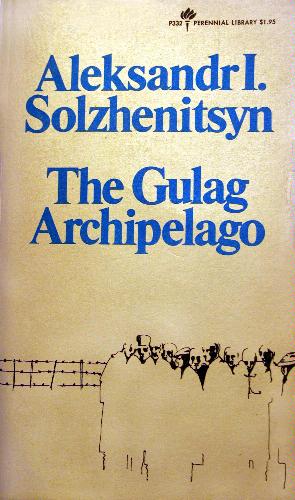Is everyone feeling relatively happy about her author bio draft? Has writing yours made you feel genuinely fascinating — and eager to show the publishing world (notoriously crammed with fascinating people, at least on the creative side of the biz) just how interesting you are? Or have you been storing these how-to tips away like the proverbial squirrel with a stray nut or two, saving them for the day you will need ‘em?
Since this is my last post in this series — presuming that no one posts a great follow-up question as a comment over the next few days, hint, hint — I’m going to seize the opportunity to say this just one more time, for the benefit of all you procrastinators out there: please, I implore you, do NOT put off writing at least a viable first draft of your bio until the day after an agent or editor has actually asked you to provide one.
On that happy day, you will be a much, much happier human being in every way if you already have at least the beginnings of a great bio sitting on your hard drive. Trust me on this one.
And may I suggest that those of you involved in writers’ groups — critique-based or support; in either case, good for you — devote part of a meeting to brainstorming about and giving feedback on one another’s bios? (Or query letters, for that matter? And what about synopses?)
Even very market-oriented groups seldom set aside time for mutual bio critique — which is a trifle mystifying to me, as a session devoted to it can be a whole lot of fun, as well as very useful indeed. Besides, how much do you really know about that sharp-eyed person who keeps telling you to show, not tell?
Speaking of great questions (yes, I know; I was speaking of it several paragraphs ago, but humor me), readers past and present have posted requests for clarification on a couple of points. Since not everyone reads the comment strings — especially, I notice, whilst perusing the archives — I want to devote the rest of today’s blog to dealing with some of those pesky loose ends that I may have left dangling from my previous post on the subject.
Let’s begin with a thought-provoking question from long-time reader Gordon:
I’m not sure how to word this, but I’ll try – should an author bio written by an unpublished (in any media) writer include what you call “promotional parts”? Meaning life connections with the novel’s subject matter. As a youngster in his seventies there have been many twists and turns in my life. Should one’s bio chronologically hit the high points or mainly focus on the ones pertinent to the novel being submitted?
You did fine, Gordon. The short answer is yes, on both counts.
Well, glad to have cleared THAT up. Moving along…
I didn’t really fool you there, did I? Especially since those of you who have been following the comments on this series closely undoubtedly immediately cried, “Wait, Gordon asked this toward the beginning of the series, and Anne sort of dealt with this later on. Perhaps she is trying, albeit clumsily, to drive home the point that good questions from readers help to expand the range of her posts.”
Well, I like to think so. However, looking back on the ways in which I wove the spirit of this question into this series, I’m not entirely positive that I ever answered its letter, so to speak. Now, I’m going to tackle it directly.
The direct answer: it depends.
To be specific, which way one should fall on the choice between devoting one’s bio to a chronological account of the highlights of one’s life as, say, an obituary might tell it (sorry, but it’s the obvious analogy) vs. creating the impression that every significant event in one’s life was leading inevitably to the writing of this book and no other depends largely upon several factors, including:
a) whether there are events in one’s life that are legitimately related to the subject matter of the book in question without too many logical leaps. If mentioning a particular life experience would tend to make you a more credible source, it’s usually to your advantage to include it in your bio, to differentiate yourself from any other yahoo who might just have been guessing what that particular experience was like.
Hint: “Writerly Q. Author visited the Statue of Liberty once,” when his protagonist passes through Ellis Island briefly in Chapter Two is a stretch; “Writerly Q. Author spent twenty years as a merchant marine,” when his entire plotline takes place on a pirate ship is not.
b) whether one has genuinely lead a life that would produce a couple of entertaining paragraphs, regardless of connection to the book. It never hurts to sound darned interesting in your bio.
However — and this is a big however in practice — writers of purely chronological bios often…how shall I put this delicately…overestimate the detail in which a rushed industry type might want to hear the life story of someone s/he has never met. Remember, Millicent reads a LOT of bios; keep yours snappy.
If you’re in doubt whether yours is leaning toward overkill, hand your bio to someone who doesn’t know you particularly well (having asked politely for his assistance first, of course; don’t just accost a stranger) and have him read it through twice. Buy the cooperative soul a cup of coffee, and around the time that your cup begins to seem light in your hand, ask your guinea pig to tell your life story back to you uninterrupted.
The points that he can’t reproduce without prompting are probably less memorable than the others.
c) in the lucky instance where both (a) and (b) are genuinely true, whether the wealth of interesting biographical detail threatens to render the connections to the book less memorable. When in doubt, lean toward the directly applicable; it’s more important information for the marketing department.
Everyone comfortable with that? Remember, the point of an author bio is not to tell your life story — that’s what post-publication interviews and memoirs are for, right? — nor to include all of the things that you would like total strangers who pick up volumes in a future bookstore to know about you. The goal in a submission bio is to make the case that you are an interesting person well qualified to have written the book in question.
Or, in the case of nonfiction, to write the book being proposed.
Everyone clear on the relevant distinctions? Good. Let’s move on to another question. Another long-term reader, Cerredwyn, wrote in to ask,
Does an author photo need to be a head shot?
No, it doesn’t — as long as you are identifiable (“That’s she, officer. That’s the author of the book!“) and the background isn’t too busy, you can certainly use a broader shot.
In fact, as our friend Elinor Glyn’s author photo for IT above shows, a head-and-torso shot is actually a bit more common on jacket flaps. However, 1/2, 3/4, and even full standing shots are not unheard-of. John Irving’s early works tended to have particularly hunky-looking shots from the waist up, for instance.
Not that I noticed as a teenager or anything. I was reading his books for the writing and the stories, I tell you.
If you’re having trouble deciding between different ranges of shot, spend some time in a well-stocked bookstore, taking a gander at the author photos published in books in your chosen book category within the last few years. If you notice an overall trend in styles, you’re not going to offend anyone by submitting something similar.
Oh, and speaking of styles, unless you have written something ultra-hip or happen to be a magazine writer (whose material by definition changes constantly), it’s usually not a great idea to dress in the latest fashion for your author photo — and it’s DEFINITELY not the time to sport a hairstyle that’s not likely to be around a decade hence.
Don’t believe me? Ask any 80s author who embraced a mohawk. Or Elinor Glyn, a decade after the photo above was taken.
Remember, if your book is successful, it will be gracing shelves in private homes, libraries, and book exchanges for even longer than it will be hanging out in Barnes & Noble. A too-trendy style will date the photo.
So as a general rule of thumb, adorning yourself for your photo with the expectation that the resulting photo will dog you for the rest of your natural life is a good plan.
A reader too shy to be comfortable with identification sent me an e-mail (which I generally discourage as a means of asking me follow-up questions on blog posts; leaving them as comments here means that everyone benefits from the answers) to ask:
“I’m all excited about my next book, but I’m marketing my first. Would it be completely tacky to mention what I’m working on now in my bio? What if the books are in different genres?”
It’s far from being tacky, Anonymous One; in fact, it’s downright common for a submission bio to end with a brief paragraph along the lines of:
Lincoln lives in Springfield, Illinois with his wife, eight sons, and golden retriever, Manifest Destiny. He is currently working on his second book, Hey! Where Are You Taking Half of My Country?, a comic memoir covering the Civil War years.
I sense some disbelief out there, don’t I? “Yeah, right, Anne,” I hear some of you scoff. “Stop pulling our collective legs. I’ve never seen an author bio that covers future work, or even unpublished work. Bios are always backward-looking, aren’t they?”
Actually, jacket bios that mentioned future projects used to be fairly standard; in the mid-70s, the last line of most bios was some flavor of Smith lives in Connecticut, where he is working on his next novel. Gradually, this has been falling out of fashion, perhaps because it implies some faith on the publisher’s part that Smith’s current release will sell well enough that they will WANT him to bring out another. (It’s probably not entirely a coincidence that this particular last sentence fell out of fashion at approximately the same time as multi-book contracts for first-time novelists.)
However, the author bio that an aspiring writer tucks into a submission packet and the one that ends up on a dust jacket are not the same thing — they are intended for the eyes of two different audiences, to create two different impressions. The dust jacket bio is promotional copy aimed at the reader, designed to pique interest and answer basic questions like why should I believe this guy’s NF account of life on the moon? The submission bio, by contrast, is designed to impress agents, editors, and their respective Millicents with the author’s claim to be an interesting person well qualified to have written the book in question.
Is there an echo in here? I could have sworn that I’ve heard that last bit somewhere before.
Because the submission bio is geared for industry-savvy eyes, mentioning completed book projects in categories other than the one to which the currently-submitted manuscript belongs (try saying THAT three times fast), as the Anonymous Questioner suggested, is a perfectly legitimate use of space. No need to hawk the other projects; simply mention the book category within the course of a single-sentence description that describes the project as still in progress. As in:
Now nicely recovered from his contretemps with an assassin, Garfield lives in retirement, working on his next book projects, a YA baseball romance and a historical retrospective of his own brief presidency.
Why would Pres. Garfield speak of his completed YA book as a work-in-progress? Strategy, my dears, strategy: it neatly sidesteps the question why isn’t it published?
Finally, reader Rose inquired some time ago:
I’m at a whole single-spaced page, no photo. I have a pro photo, recently taken, that looks great. Would it be better to reduce the bio and add the photo?
I’m querying for a novel, btw, and I’d been under the impression that you shouldn’t submit an author photo when trying to pitch one.
Contrary to the impression Rose has, by her own admission, picked up she knows not where, there is no hard-and-fast rule about whether a fiction writer’s submission bio should to include a photo. No Millicent who has found a submission engaging enough to read all the way to the last page, where the author bio lurks, is going to cast her latte aside in a petulant fit at the sight of a photo, screaming, “Oh, darn — now I have to reject it. I liked that manuscript, too.”
Not going to happen.
The reason photos are often not included in novelists’ bios is not because they’re unwelcome, but because the burden for gathering marketing materials prior to selling a novel has historically been significantly lower than for a NF book. (If any of you novelists doubt this, take a gander at a NF book proposal sometime; its many, many pages of marketing material will make you feel much, much better about writing only a query letter and a synopsis.)
If your photo is pretty ravishing, Rose, I say go ahead and include it. A nice photo does make the bio look a touch more professional, after all, and it’s never a BAD thing for an agent or editor to think, “Hey, this author is photogenic”
Even without the picture, though, it sounds as though Rose’s bio is a bit long for professional purposes: it’s usually one DOUBLE-spaced page, or 1/2 – 2/3 page single-spaced under a photo. Yes, one does occasionally hear agents these days mentioning that they’ve been seeing more single-spaced bios lately — but as I’ve virtually always heard this pronounced with a gnashing of teeth, I’m inclined to regard such statements as complaints.
Call me zany.
I’d stick to a more standard length. As with a query letter, when in doubt, err on the side of brevity. Believe me, if your bio is too short, the agent of your dreams will be only to happy to tell you so –after she signs you.
(Oh, she’s going to want you to change a lot of things after she signs you, no matter how much she initially loved your book or book proposal. Don’t say I didn’t warn you.)
One last thought on the subject before I sign off for the day: If, over the years I’ve been a book doctor and particularly over the 3+ years I’ve been answering questions online, someone had given me a nickel for every time an aspiring writer asked me whether the spacing or length of the bio — or query, or synopsis — REALLY mattered, I would have been able to build my own publishing house. I don’t mean that I would have been able to buy one — I mean that I would have been able to construct the necessary buildings and offices entirely out of coins.
Would it surprise you to hear that even after that many repetitions of the same question, my answer has never changed, no matter how much aspiring writers might have wished them to do so? Or that if I could wave my magic wand and remove all formatting requirements, I probably wouldn’t do it?
Why, I hear you gasp? Because when an author bio — or query letter, or synopsis, or manuscript — is properly formatted, the only bases for judging it have to do with the quality of the writing, the premise’s marketability, whether the professional reader likes it, and so forth.
You know, the bases upon which aspiring writers WANT to be judged.
So yes, agents really tend to hold aspiring writers to the standards of the industry, just as they hold their clients to them. (See earlier comment about one’s dream agent making demands upon one.)
As I’ve explained many, many times on this forum, they don’t do this to be mean; it’s just that when someone — like, say, Millicent the agency screener — spends hour after hour, day after day, month after month staring at manuscripts, she’s unlikely NOT to notice if one is formatted differently than the norm.
As in, for instance, an author bio that doesn’t look like the ones I showed you yesterday. Even if a single-spaced bio DOES indeed fit onto the requisite single page, thus meeting the bare minimum standard for professionalism, it’s not going to resemble the bios Millicent’s boss is sending out with her clients’ submissions.
Or at least, it probably will not. Naturally, as with any group of human beings, some agents have individual preferences that deviate from the industry standard — the source, I suspect, of Rose’s impression of unspecified origin — and if you can find out what these quirky desires are, you should definitely adhere to them in your submissions to that particular agent. It seldom pays, however, to assume that any one such preference is universal to the industry.
My point is, as annoying as it may be to bring your bios — and queries, synopses, and manuscripts — into line with the most common professional standards is so that Millicent may ignore the formatting and concentrate on what you are SAYING. Because, after all, your aim in your submission bio is not to cram as many facts as you can onto a single page, but to make the case that you are an interesting person well qualified to have written the book in question.
Yes, you have heard that somewhere before. See, I don’t recommend sticking to the general standards just to be mean, either.
Keep up the good work!






